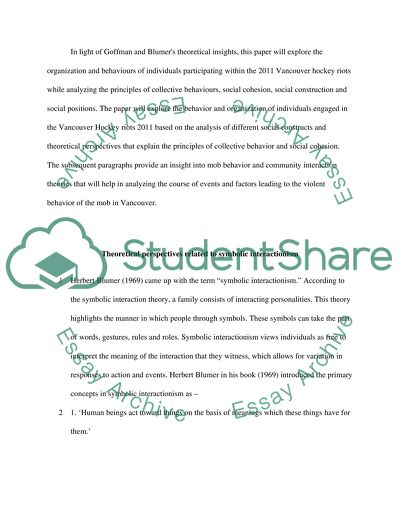Cite this document
(The Principles of Collective Behaviours Essay Example | Topics and Well Written Essays - 2250 words, n.d.)
The Principles of Collective Behaviours Essay Example | Topics and Well Written Essays - 2250 words. https://studentshare.org/sociology/1429781-the-principles-of-collective-behaviours
The Principles of Collective Behaviours Essay Example | Topics and Well Written Essays - 2250 words. https://studentshare.org/sociology/1429781-the-principles-of-collective-behaviours
(The Principles of Collective Behaviours Essay Example | Topics and Well Written Essays - 2250 Words)
The Principles of Collective Behaviours Essay Example | Topics and Well Written Essays - 2250 Words. https://studentshare.org/sociology/1429781-the-principles-of-collective-behaviours.
The Principles of Collective Behaviours Essay Example | Topics and Well Written Essays - 2250 Words. https://studentshare.org/sociology/1429781-the-principles-of-collective-behaviours.
“The Principles of Collective Behaviours Essay Example | Topics and Well Written Essays - 2250 Words”. https://studentshare.org/sociology/1429781-the-principles-of-collective-behaviours.


